Nine Commonly Used Rubber Fenders For Docks
The primary objective of the rubber fenders on the dock is to absorb collision energy during the berthing process. This in return protects both the ship and the dock after collision. Solid rubber fenders have been used for ages since they are readily available and are considered long lasting. We introduce rubber fender types and applications when applied in different places.
NO.1: Cone Fender
The cone rubber fender is the third generation of the cell rubber fender. The new structural design of the cone rubber and the front steel frame allow the fender to increase the compression deformation from 52.5% if the reaction force does no他exceed 70%, becoming one of the finest rubber fenders today. Its appearance can make the wharf structure design light and reduce the cost of the wharf engineering cost and is an ideal substitute for super cell rubber fender.
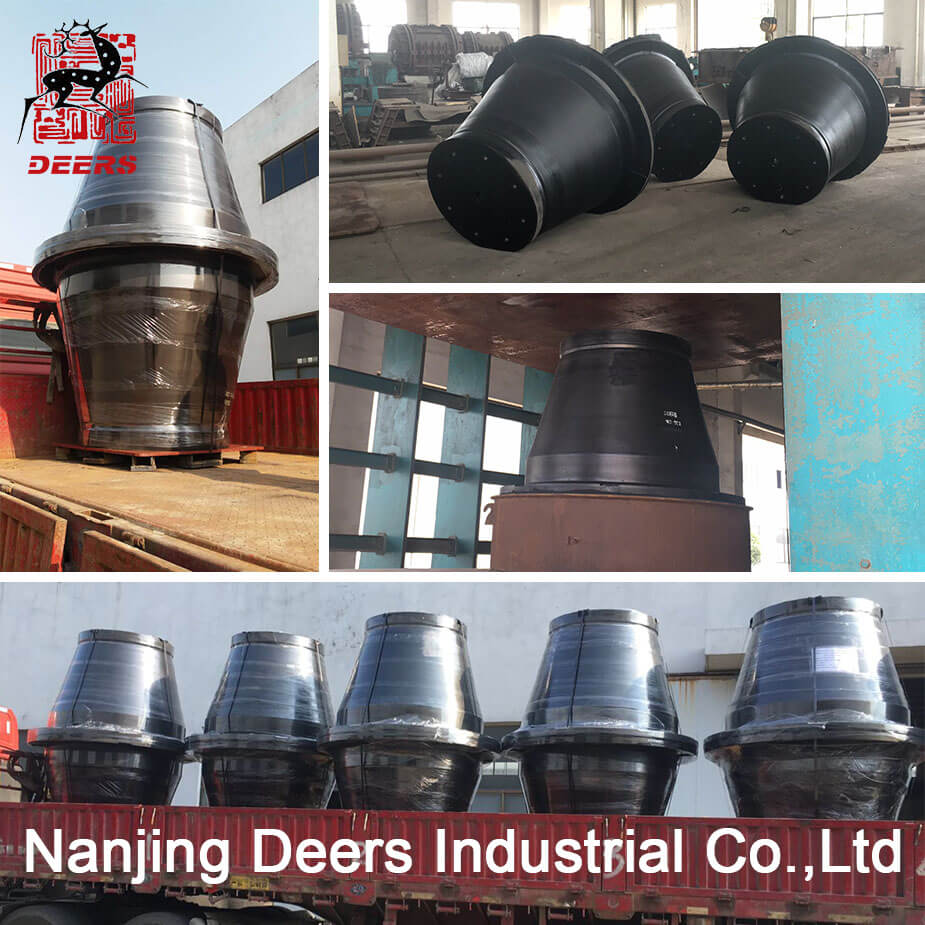
Features:
1) Compared with the same specifications of the super rubber fender, absorbing nearly double energy.
2) In the case of the reaction and the energy, absorption is similar, and the choice of small size cone rubber fenders can replace the larger specifications of super cell rubber fenders. You can use CONE800H fender instead of CONE1000H one to reduce the cost of the wharf engineering cost.
NO.2: Cell Fender
Cell fender has a geometric shape, giving it sturdiness, shear resistance, compact structure and the capacity to absorb energy equally from all directions. Among all types of fenders, cell fenders absorb minimum reaction per ton-meter energy. Therefore, small or large vessels where the reaction force is an important standard usually choose cell fenders. Besides, cell fenders have the highest durability and are currently the largest fenders being manufactured.
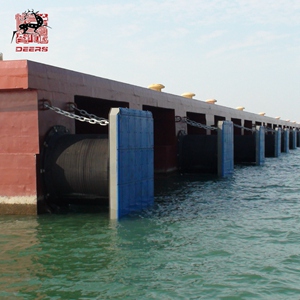
1) Increase of energy / reaction value:The E / RH value of the super cell rubber fender is about 15% higher than that of the ordinary cell fenders, and the E / RH value of the ordinary cell fenders is generally 0.375 to 0.385, while the E / RH value of the super cell rubber fenders is generally 0.43 to 0.44.
2) Reasonable structure:Compared with the general rubber fenders, the structure of super cell rubber fenders is more reasonable.
3) Super cell rubber fender has the same mounting bolt pitch and bolt hole as the common rubber fender.
4) With the characteristic of the small impact of lean berthing.
NO.3: Cylindrical Fender
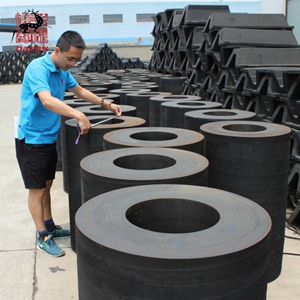
Features:
1) Low reaction force, small surface pressure, and energy absorption is reasonable;
2) It is adaptable to the rolling and pitching when the ship at berthing;
3) The cylindrical fender has a wide range of applications and can also be used as a ship collision avoidance device;
4) Easy to install and maintain.
NO.4: V-shaped(Arch) Fender
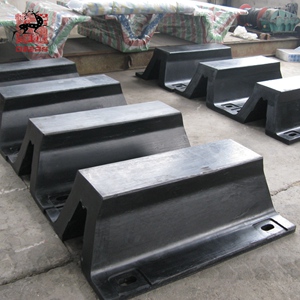
1) Moderate reaction force, high energy absorption;
2) Installation is firm and easy to disassemble;
3) Suitable for medium-sized docks.
NO.5: D-shaped Fender
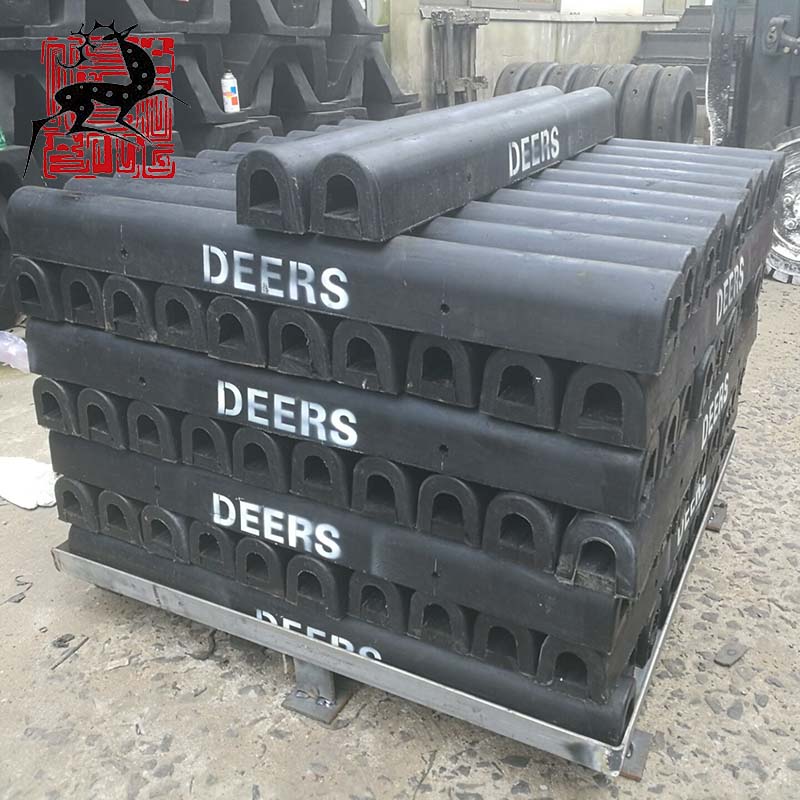
Features:
1) Reaction force and energy absorption are moderate;
2) The bottom width of the D-shaped fender is moderate and suitable for the frame Wharf;
3) Light weight, easy to install and maintain.
NO.6: GD-shaped fender
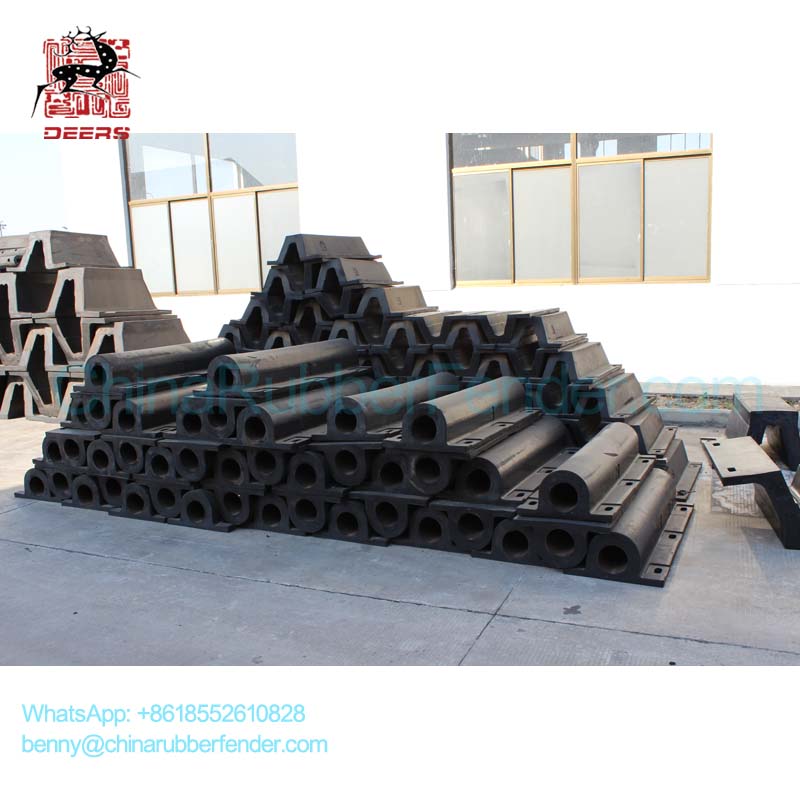
Features:
1) High E.A and strong reaction force;
2) The bottom width of the D-shaped fender is small and suitable for the frame Wharf;
3) High installation strength and long service life.
NO.7: I type rubber fender (Leg/MV Fender)
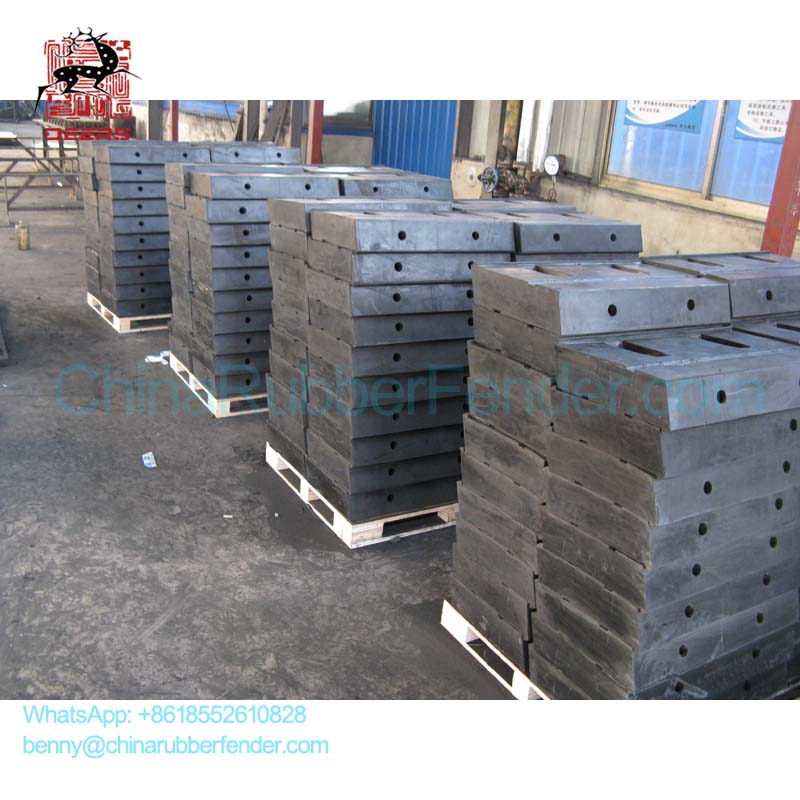
Features:
1. Loose impact strength, high energy absorption.
2. Easy to install and maintain due to the simple shape.
3. It can be widely used and it will be suitable for ships or wharves of any size.
4. It can absorb most of the impact energy of pitching and be rolling when ships are alongside.
NO.8: Rotating Fender
The rotating rubber fender uses the rotation and compression deformation (rubber) of the roller to absorb the impact energy of the ship. When the ship berthing or transferring, the rotating fender can adapt to the movement of the hull to protect the terminal and the safety of the ship. The rotating fender is suitable for use in shipyards, docks, ro-ro terminals, wharf corners and applications requiring restrictions on the direction of movement of the ship and berthing speed.
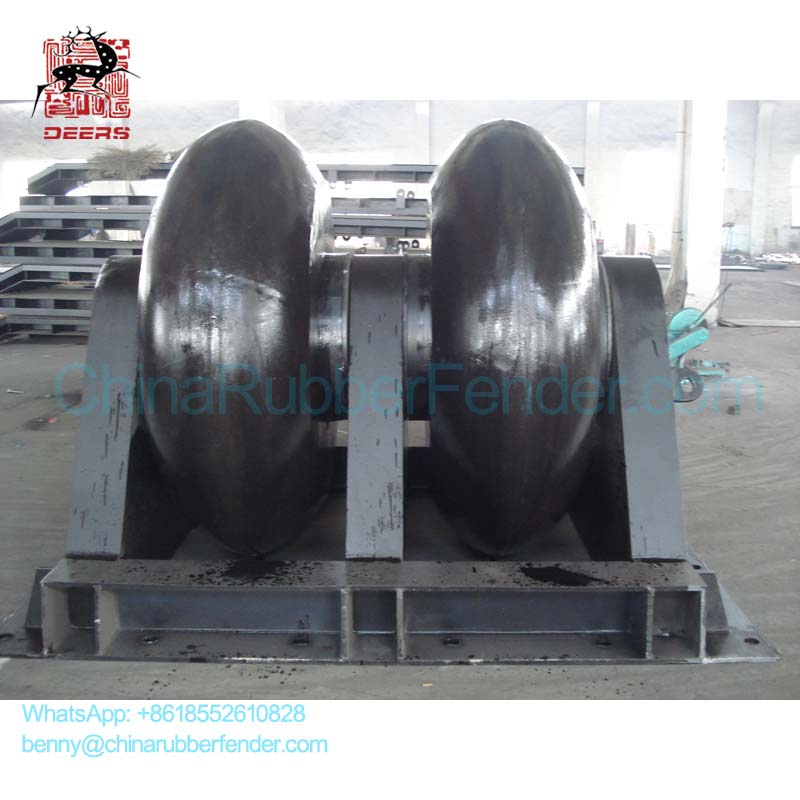
1) The fender (roller) rotates on the three-axle, which can limit and reduce the running speed of the ship, and is conducive to the safety of the ship berthing;
2) compression deformation up to 40%, the traditional rotating fender suction energy more than doubled;
3) The compression deformation is up to 40%, and the energy absorption of the conventional fender is more than doubled
NO.9: Rubber gangway
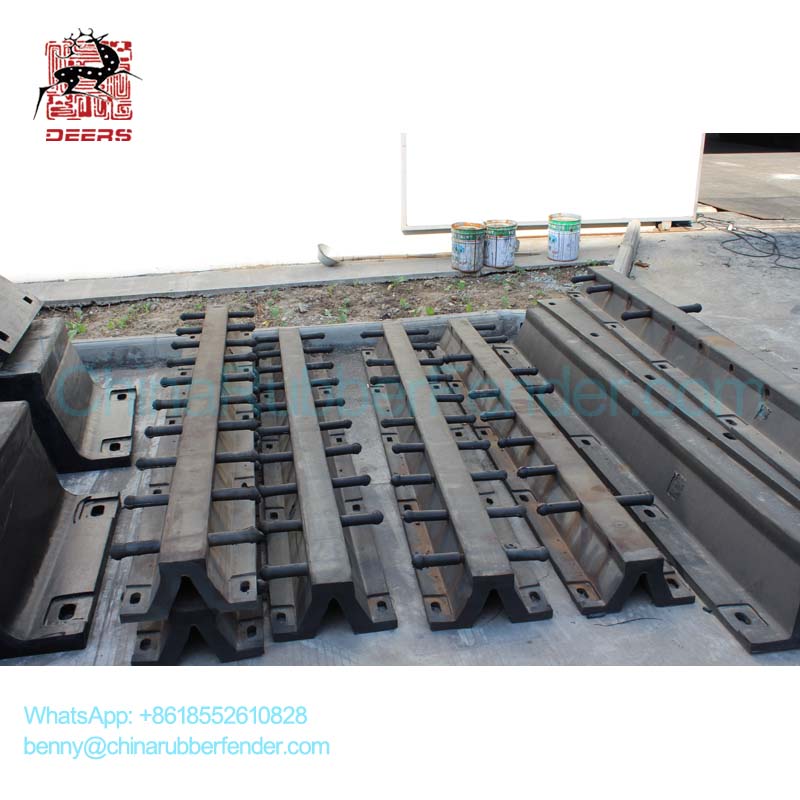
Features:
1) The utility model has the functions of rubber fenders and gangway ladders and is more durable than steel gangway ladders
2) There is no need to hide the ladder; the same as the rubber fender
3) Not afraid of collision; no rust and the ladder column is flexible.
4) Easy to install and maintain.
Attentions for choosing rubber fender
When considering acquiring fenders, several factors should be considered. The fenders’quality in terms of high energy absorption and low reaction force, as well as a reasonable structure that provides a long life span. The quality of raw materials used; in this case, rubber should also be considered. High quality products will have a longer shelf life, thus, more cost-effective.
Besides the quality of the product itself, the fenders should have an easy set of installation options or the supply company would provide professional installation service. After-sales service has greatly affected the company’s reputation.

